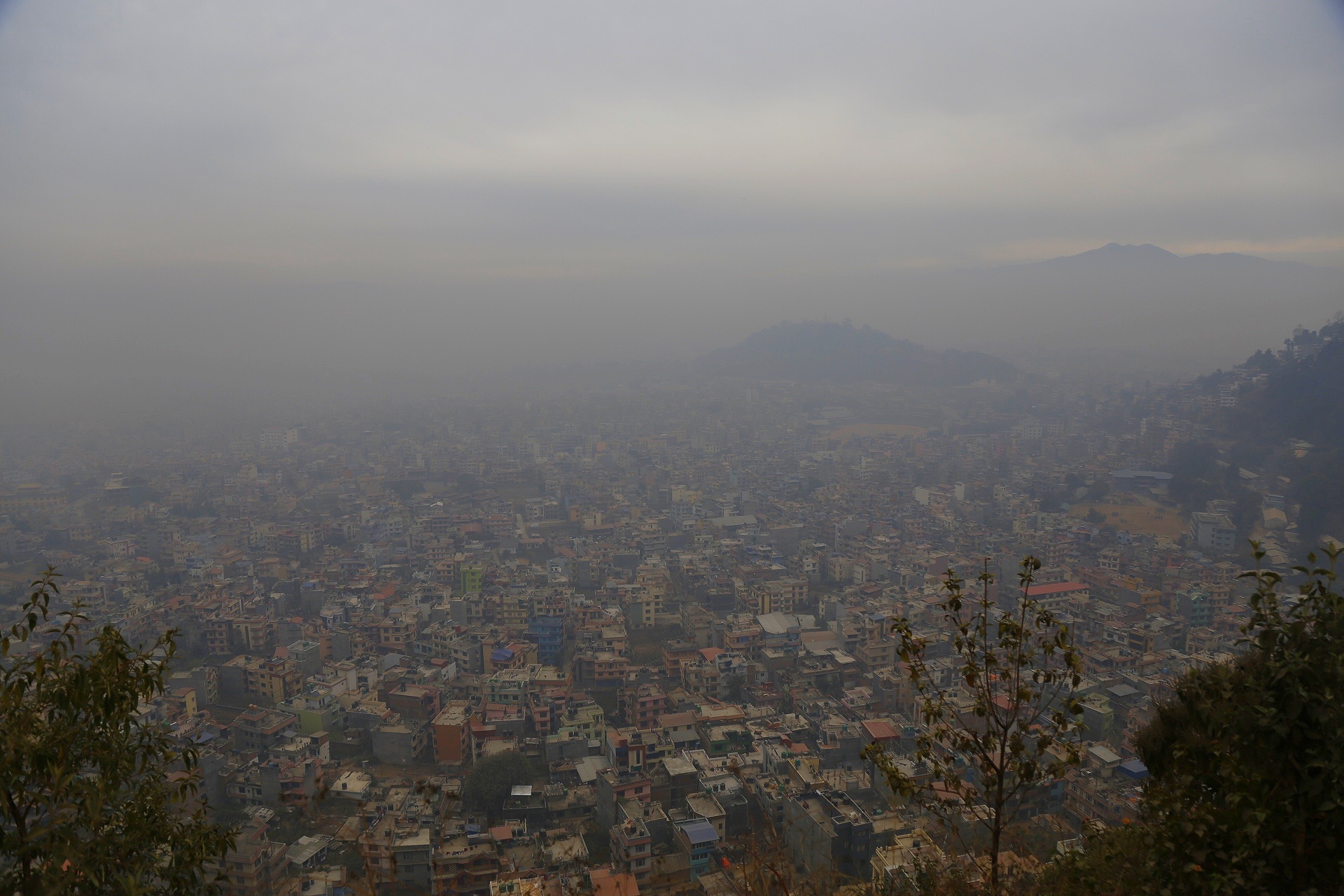
The curse of the Minnesota sports franchise
One Minnesota Redditor, still licking their wounds after the Timberwolves’ loss last week, put together a map showing A) states with teams in all of the “Big Four” professional men’s sports leagues and B) the last time one of those teams made it to the championship.
New York, for instance, saw the Mets reach the World Series in 2015. The Philadelphia Eagles appeared in the Super Bowl last year. The Dallas Mavericks made it all the way to the NBA championships just last week (not that you need reminding).
And then, there’s Minnesota.
Minnesota’s Big Four franchises (the Twins, Vikings, Timberwolves and Wild) haven’t made it to a league championship since 1991. That’s more than three decades ago, and two decades longer than the second-worst performing state on the list, Michigan.
We’re exceptional, in other words, for having so many major league teams who haven’t made it to the championships in such a long time.
Minnesota’s women’s teams, on the other hand, continue to bring home the big trophies. The Lynx have won four WNBA championships since 2010, while the women’s hockey team just recently notched that league’s first title.
UnitedHealth is once again Minnesota’s biggest company
The Star Tribune’s annual list of the 50 largest Minnesota companies is out, and despite an ever-growing list of scandals and controversies UnitedHealth is at the top once more.
All told, 38 of the 50 companies had 2023 revenues topping $1 billion, with total revenues for all 50 approaching $800 billion.
Other household names on the list include Target, Best Buy, 3M, General Mills, Hormel and Sun Country Airlines.
Older Republican women in southern states are top spreaders of social media misinformation
A new study shines a light on “superspreaders” of misleading and false information on social media. As Ars Technica reports, researchers created a dataset of 650,000 Twitter accounts that they were able to link to voter registration data.
They found that in the run-up to the 2020 election, just 0.3% of those accounts were responsible for sharing 80% of links to false and misleading news sites. When they crossed-referenced the voter data to find out who these superspreaders were, they found that 60% were female and that they had an average age of 58 — about two decades older than the average across all the accounts.
Nearly two-thirds of the superspreaders were registered Republicans, while fewer than 20% were Democrats. And they were disproportionately likely to live in Arizona, Texas and Florida.
2023 heat deaths broke records
Last week the Associated Press ran a story based on a brilliant bit of data reporting I wish I’d done. They tallied CDC data on summertime deaths where heat — via conditions like heat stroke, hyperthermia and sun stroke — was listed as a contributing factor.
Those deaths have increased sharply in recent years, the AP found, and a surprisingly large percentage of them happen under the scorching summer sun of Arizona. While some of the increases may be due to changes in reporting practices and an aging population that’s becoming more susceptible to the effects of heat, there’s little doubt that a warming climate that’s bringing record-breaking heat waves is also playing a role.
You can now get real time air quality data from space
NASA’s brand-new TEMPO satellite is now providing real time air quality measurements that anyone with an internet connection can access. Research into the effects of air pollution on human health is about to get a whole lot better.
“We will be able to conduct studies of rush hour pollution; linkages of diseases and health issues to acute exposure of air pollution; how air pollution inordinately impacts underserved communities; the potential for improved air quality alerts; the effects of lightning on ozone; and the movement of pollution from forest fires and volcanoes,” the project’s lead scientist said in a press release.
We already have some satellite data on air pollution, but those satellites typically only take measurements once per day. TEMPO will be continuously monitoring pollution levels throughout the daylight hours, painting a much more detailed picture of how pollution levels fluctuate during the times when people are most active.
The new satellite will also be able to capture detailed pollution data for rural and remote areas lacking traditional ground-based air quality monitors.
SDGs, Targets, and Indicators
The curse of the Minnesota sports franchise
- SDG 3: Good Health and Well-being
- SDG 5: Gender Equality
Target: SDG 3.4 – By 2030, reduce by one-third premature mortality from non-communicable diseases through prevention and treatment and promote mental health and well-being.
Indicator: No specific indicator mentioned in the article.
Target: SDG 5.5 – Ensure women’s full and effective participation and equal opportunities for leadership at all levels of decision-making in political, economic, and public life.
Indicator: No specific indicator mentioned in the article.
UnitedHealth is once again Minnesota’s biggest company
- SDG 8: Decent Work and Economic Growth
Target: SDG 8.2 – Achieve higher levels of economic productivity through diversification, technological upgrading, and innovation.
Indicator: No specific indicator mentioned in the article.
Older Republican women in southern states are top spreaders of social media misinformation
- SDG 16: Peace, Justice, and Strong Institutions
Target: SDG 16.6 – Develop effective, accountable, and transparent institutions at all levels.
Indicator: No specific indicator mentioned in the article.
2023 heat deaths broke records
- SDG 13: Climate Action
Target: SDG 13.1 – Strengthen resilience and adaptive capacity to climate-related hazards and natural disasters in all countries.
Indicator: No specific indicator mentioned in the article.
You can now get real-time air quality data from space
- SDG 3: Good Health and Well-being
- SDG 11: Sustainable Cities and Communities
Target: SDG 3.9 – By 2030, substantially reduce the number of deaths and illnesses from hazardous chemicals and air, water, and soil pollution and contamination.
Indicator: No specific indicator mentioned in the article.
Target: SDG 11.6 – By 2030, reduce the adverse per capita environmental impact of cities, including by paying special attention to air quality and municipal and other waste management.
Indicator: No specific indicator mentioned in the article.
Table: SDGs, Targets, and Indicators
| SDGs | Targets | Indicators |
|---|---|---|
| SDG 3: Good Health and Well-being | Target: SDG 3.4 – By 2030, reduce by one-third premature mortality from non-communicable diseases through prevention and treatment and promote mental health and well-being. | No specific indicator mentioned in the article. |
| SDG 5: Gender Equality | Target: SDG 5.5 – Ensure women’s full and effective participation and equal opportunities for leadership at all levels of decision-making in political, economic, and public life. | No specific indicator mentioned in the article. |
| SDG 8: Decent Work and Economic Growth | Target: SDG 8.2 – Achieve higher levels of economic productivity through diversification, technological upgrading, and innovation. | No specific indicator mentioned in the article. |
| SDG 16: Peace, Justice, and Strong Institutions | Target: SDG 16.6 – Develop effective, accountable, and transparent institutions at all levels. | No specific indicator mentioned in the article. |
| SDG 13: Climate Action | Target: SDG 13.1 – Strengthen resilience and adaptive capacity to climate-related hazards and natural disasters in all countries. | No specific indicator mentioned in the article. |
| SDG 11: Sustainable Cities and Communities | Target: SDG 11.6 – By 2030, reduce the adverse per capita environmental impact of cities, including by paying special attention to air quality and municipal and other waste management. | No specific indicator mentioned in the article. |
Copyright: Dive into this article, curated with care by SDG Investors Inc. Our advanced AI technology searches through vast amounts of data to spotlight how we are all moving forward with the Sustainable Development Goals. While we own the rights to this content, we invite you to share it to help spread knowledge and spark action on the SDGs.
Fuente: minnesotareformer.com

Join us, as fellow seekers of change, on a transformative journey at https://sdgtalks.ai/welcome, where you can become a member and actively contribute to shaping a brighter future.






